Keen Insights is our weekly breakdown of all-things blade-related. This week we’re getting into the basics of lock blades design. This will be an introduction—there’s much more to come.
A bit of History
The very first pocket knives were fixed blades. Kind of. They were likely sharp rocks that could be tucked away easily enough in a belt or a bag.
Actually, pockets were invented much later. But the traditional fixed blade is so much easier to perfect than a pocket knife. We’ve had fixed blades forever and we’re only in the infancy of the pocket knife.
Slipjoints
During the 19th and 20th centuries, the slipjoint became practical. American and European craftsmen began assembling small knives with a spring in the handle. A simple pull of the blade could overcome the tension of the spring and the knife would open.
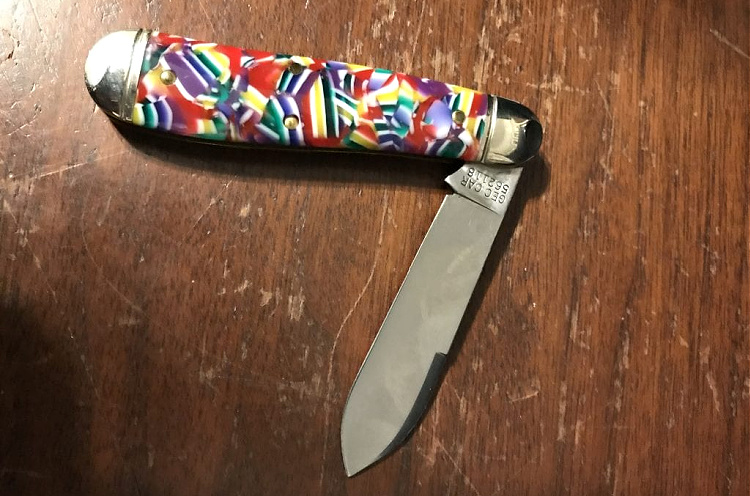
Slipjoints work great as long as you keep the pressure on the cutting edge of the knife. Any pressure on the spine will close the knife. If you’ve ever gotten serious about working with a slipjoint, odds are you know what I’m talking about.
Accidental closures are common enough that the Scouts have banned the use of slipjoints. They want lock-blade knives in the hands of anyone who’s earned the Totin’ Chit.
Lock-blades, lock-backs, etc.
The concept is simple enough, even though mechanisms are getting more and more complex. The basic idea is this; when you open a lock-blade knife, it should stay open until you decide to close it. No outside force, at least not any unintentional outside force should close the blade.
This is, of course, wishful thinking. A lock on a knife is never foolproof. Every one has a failure point.
That’s why the fixed blade remains so popular. We’ll dive into fixed-blade tang designs and talk about a similar concept soon, but for today we’re going to go through the most common lock designs.
The Opinel Virobloc
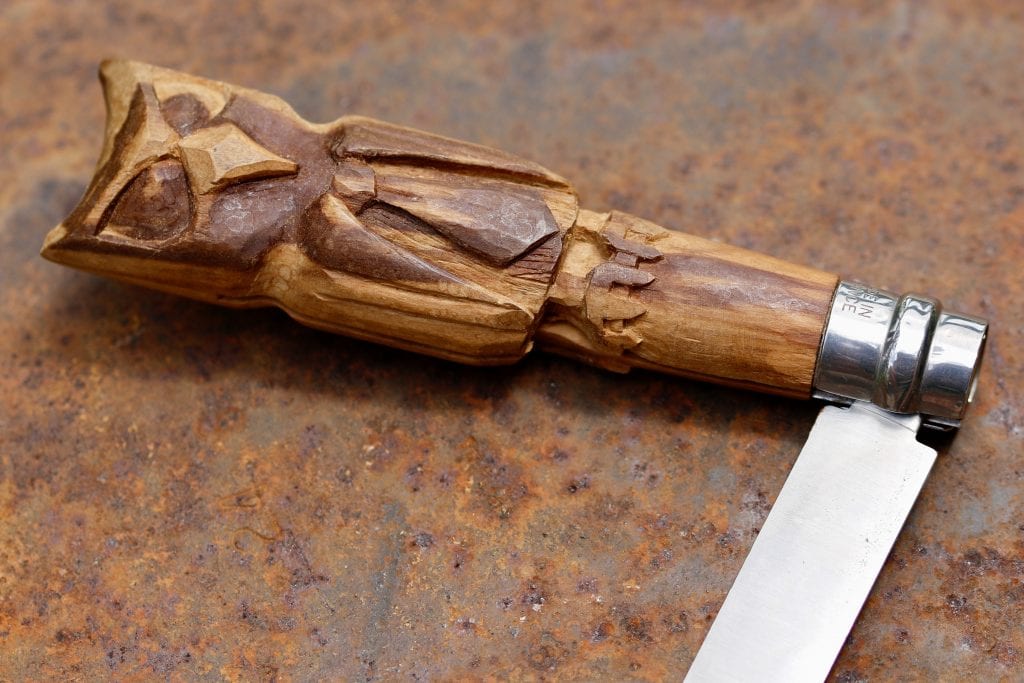
Opinel, a French knife company, makes these classic knives that are best for cutting up cheese. Though they’re billed as a utility knife, and they certainly can be, the design has never really caught on for most Americans.
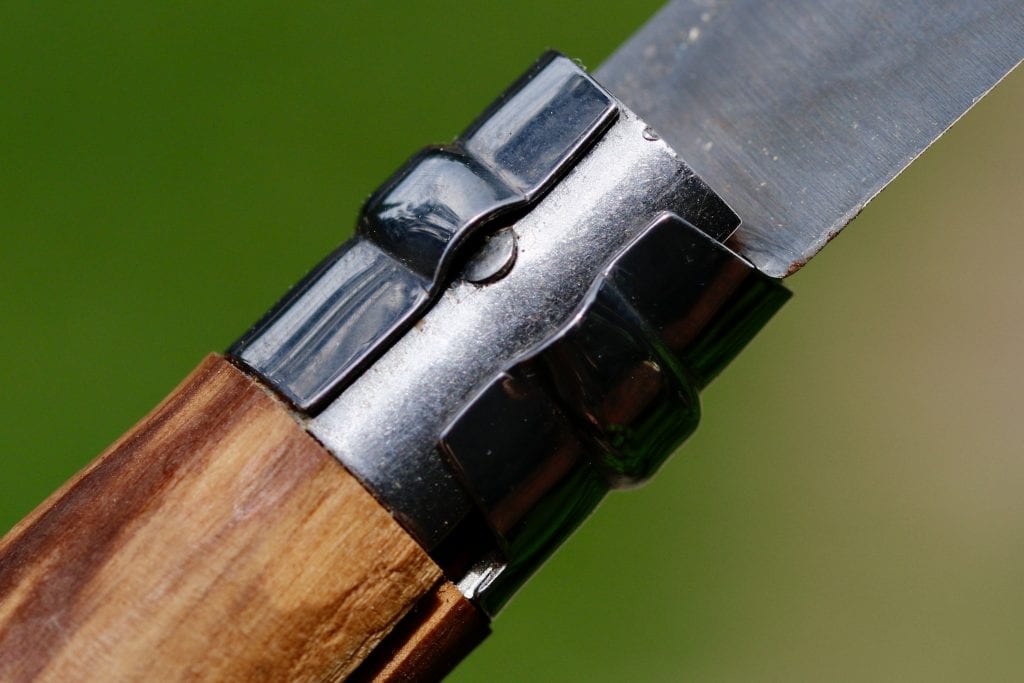
The knife has a rolling lock that, when in place, simply prevents the blade from folding back into the wooden handle. The handles are almost always a one-piece design and any integral strength in the knife comes from the pin holding the blade in the wood (which is wrapped neatly by the steel collar of the Virobloc (the fancy name for the design).

It works well but is not the strongest. Yet for basic tasks and food prep, the knives are great.
The Lock-Back
Lock back. Lock-back. Lockback—the jury is still out on the spelling.
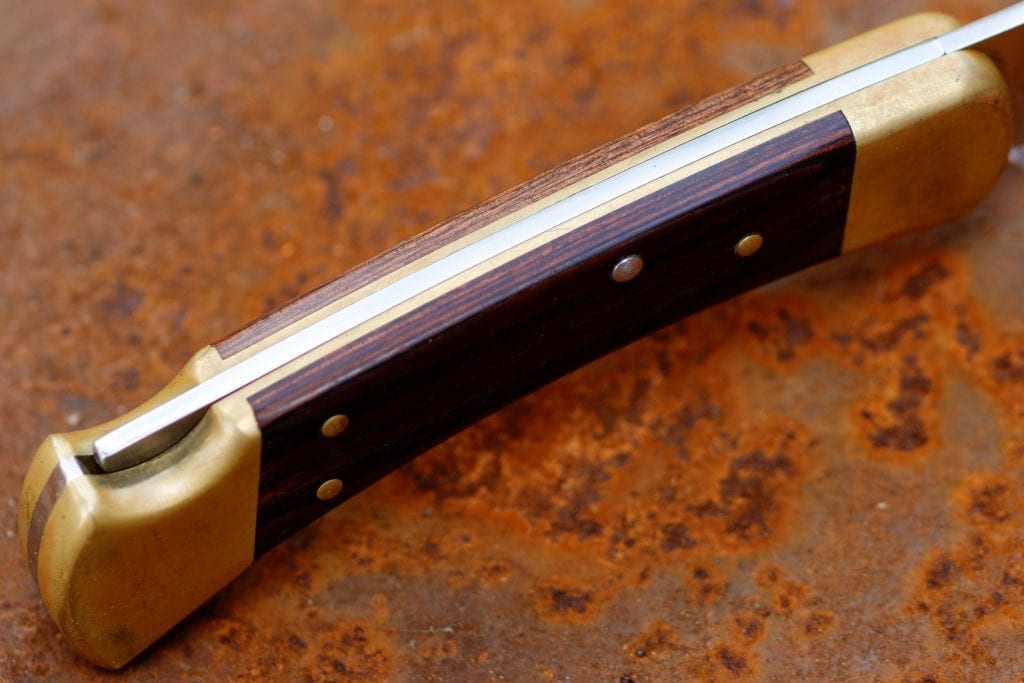
A lock-back is similar to a slipjoint, only the spring falls into a notch at the back of the blade. Pushing down on the blade, like you would to close up a slipjoint, won’t budge the blade. Instead, the locking bar has to be retracted manually, which is usually done by pushing on a lever at the back end of the blade itself.
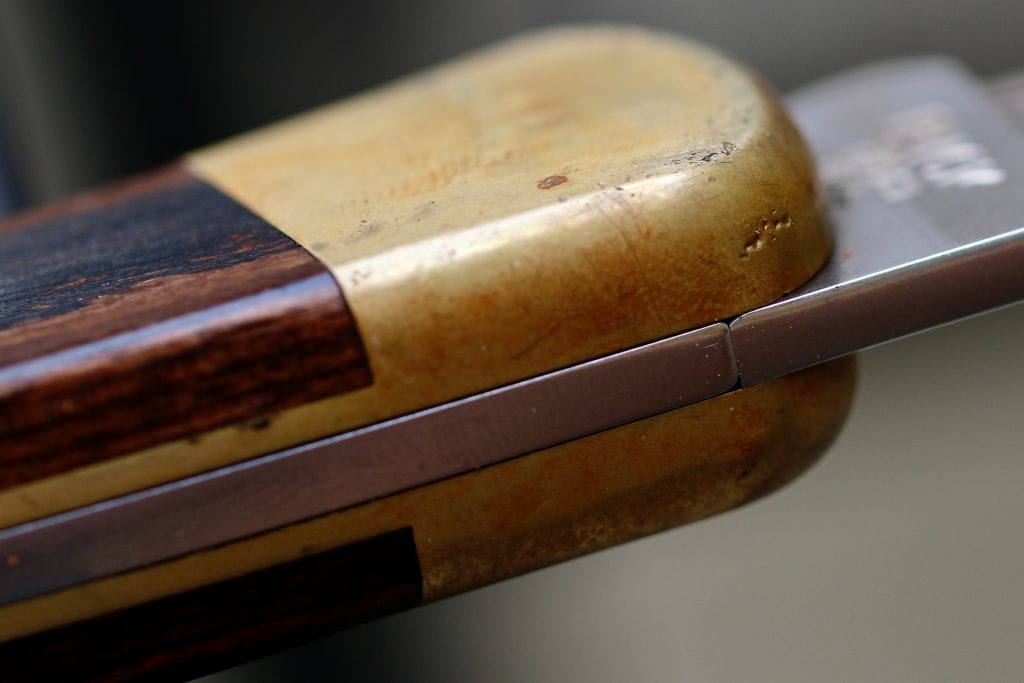
This is hard to explain but likely familiar to everyone here. The lock-back is a simple machine that is incredibly strong. If you want a hard-working knife that can take some abuse and force from multiple angles, you likely want a lock-back.
Even though this design is old—Buck made their first 110s back in the 1960s—the design remains relevant. Cold Steel makes some of the best production lock-blades around. We’ll talk more about their innovations in the next installment.
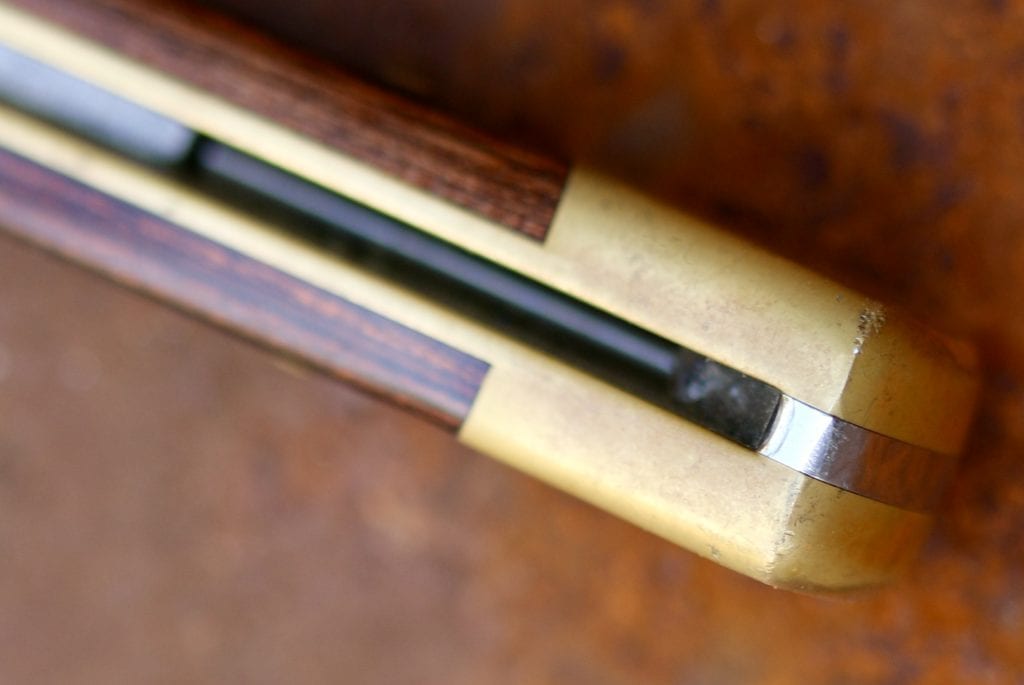
Down inside the frame or handles of a lock back there will be two pieces to the lock, at least. One is the lock bar—a piece of steel that continues into the handle off of the back of the blade. The other, barely visible inside, is a piece of steel that is tempered to act as a spring that pushes up on the lock bar—at the back of even the middle, which in turn keeps the lock bar down in the notch on the back end of the blade.
The Liner Lock Blade
Slightly less strong is a newer design known as the liner lock. A liner lock is a piece of steel that is lining the inside of a knife scale or handle. It is under tension and bent in such a way that when the knife is opened, the bent liner pops in behind the blade.
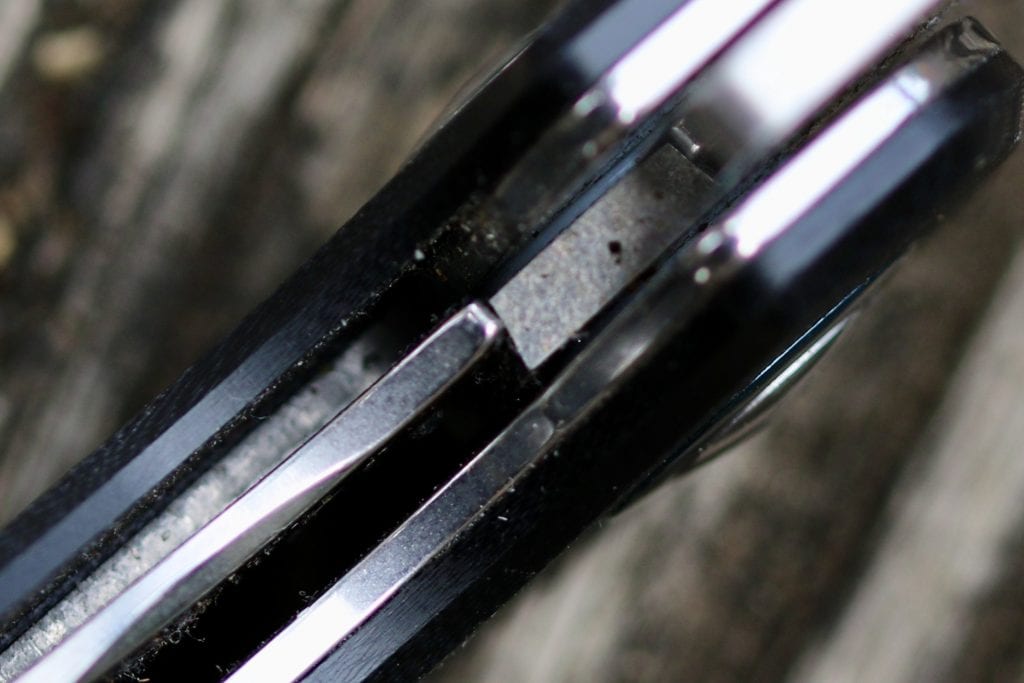
Tolerances here are everything. When the liner clicks into place, it touches the back of the blade. The back of the blade is often scooped or angled to let it fall deeper in behind the blade.
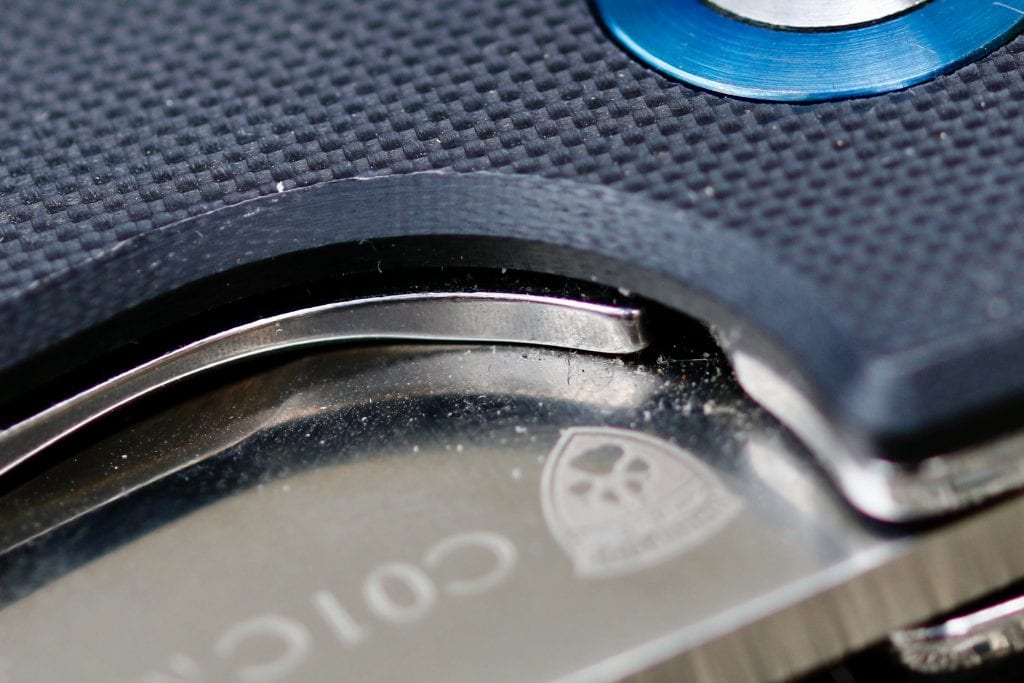
Any force on the blade, the downward forces that might close it up, are transferred into this one connection. As you can imagine, even the best liners can only take so much force before they begin to fail and bend.
The Frame Lock or Subframe Lock
There is one twist on the liner lock that is available on some higher-end pocket knives: the frame lock. Typically these look like liner locks, but the lock side will have the lock itself cut as a slit in the frame instead of as a liner. Many of these are made from rugged materials like titanium.

The concept is the same, though, as the liner lock. When the blade opens, a lock-bar snaps in behind it. And to close the knife, you simply push it back and let the blade fall.

A subframe lock is similar—the handle has a cut in it, but instead of a full liner there is just an additional bar.
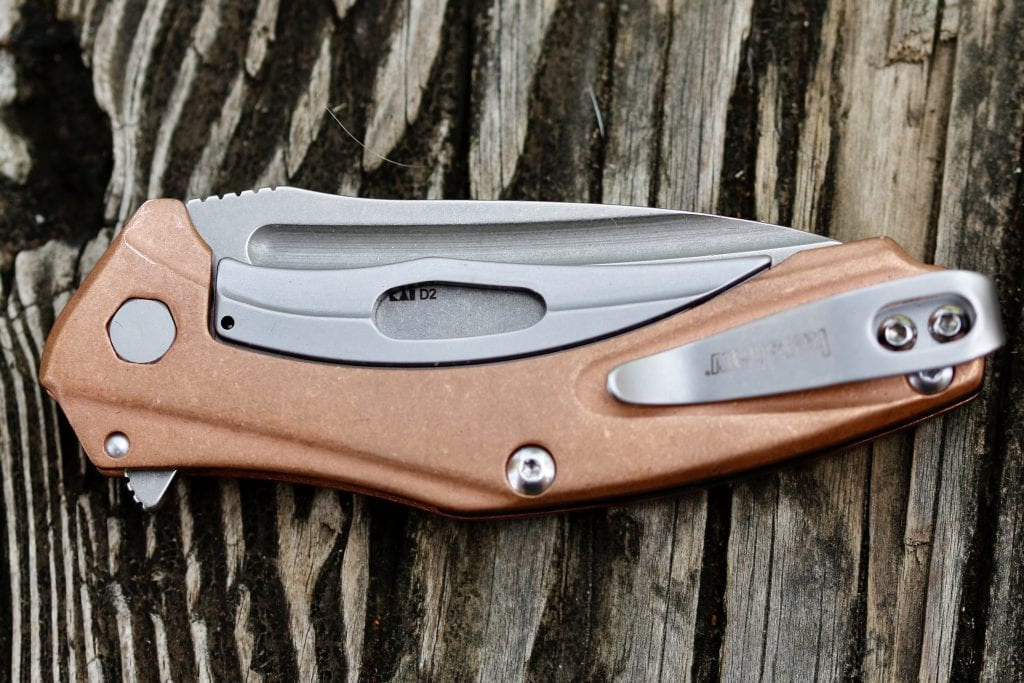
Lock Blade Strength
There is no universal here. I have seen some crap lock-back knives that are not as strong as a decent liner lock. But let’s assume that we’re talking about one company, with the same materials and the same emphasis on quality control. Spyderco would be a good example, or Cold Steel.
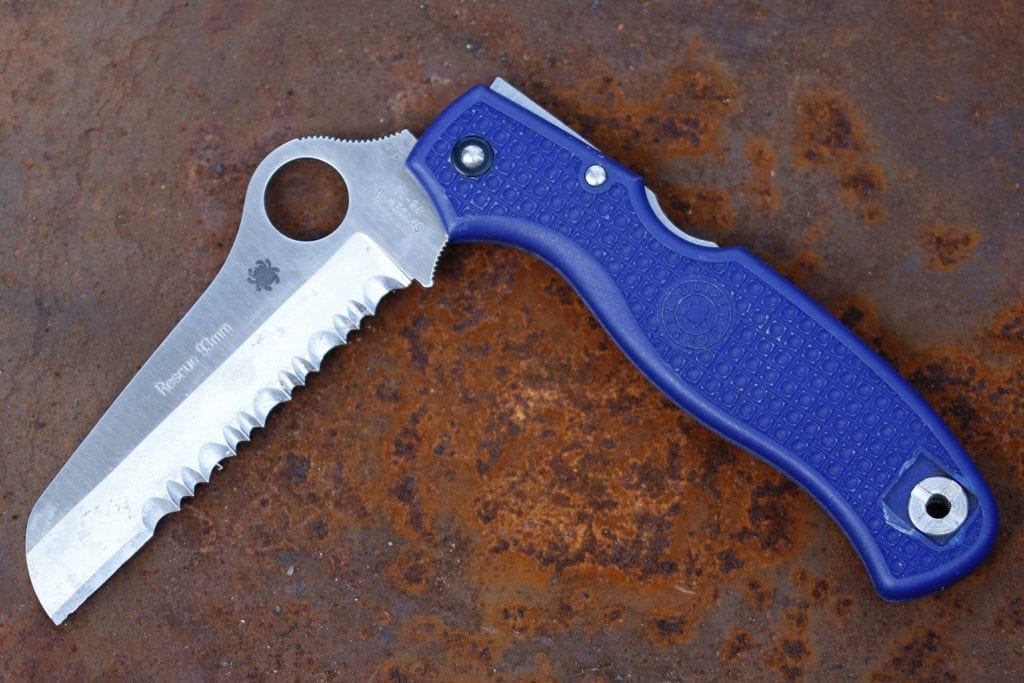
In this case, a lock back would be stronger than a liner lock. The frame lock or sub-frame lock design might be in the middle, or it might not. The axis-style lock might also hold well.
In many cases—there’s no way around this—we’re talking about something very few of us should really use as a decision-making factor. They’re all reasonably strong. It is kind of like dickering about 9mm or .40 S&W — they’ll both get the job done and I don’t want to be shot with either.
All of the locks mentioned on this list will keep your knife from folding up. And as long as you don’t abuse them, they’ll likely stay strong.
What makes lock blades fail?
Wear is the first likely culprit. Every time you open and close a knife, especially a liner lock, you’ll take off a bit more metal. Most liners are stainless, which is soft anyhow.
You’ll know your lock is failing when there starts to be a slight wiggle in the blade when it is locked.
You can also get debris down in the lock. That’s no good. Keep them clean.
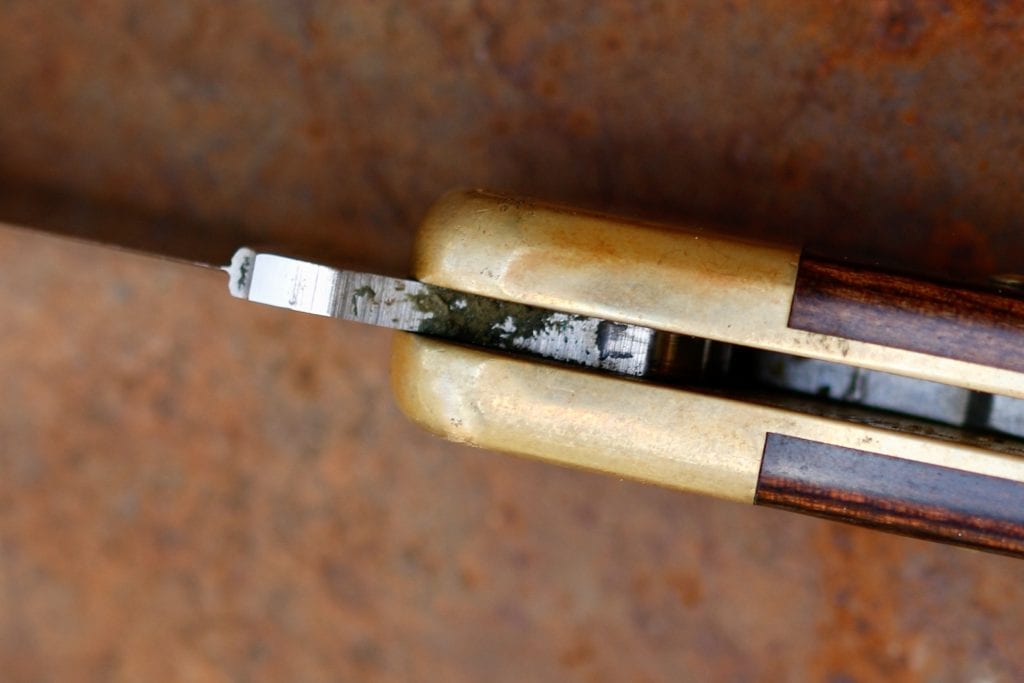
And then there’s stress. Batoning with a fixed blade—a good fixed blade—isn’t too dangerous. Whacking the spine of a pocket knife with any force is going to close that joker up fast, locked or not.
Side-ways pressure or torque. A knife is only strong in the downward cutting motion. Any use of a blade as a pry bar is going to add excess stress on the pivot joint and it will not end well.
Which lock blades are best?
It depends on what you want to do with it. If you’re looking for a beast, go for the lock back. If you want something more delicate, or classic, go for a slipjoint.
I’d also advise that you look at how you want to open or close the knife. If you need to close it with one hand, the liner lock variants are the way to go.
For EDC, that’s a big win. I want a knife I can draw and open with one hand. And I like being able to close it down just as easily.


